The Mana series is often regarded as one of the best examples of a 2D-era JRPG, but with a rough transition to the modern 3D era, it’s easy to be skeptical of Visions of Mana. However, it ultimately brings a promising experience that evokes a somewhat nostalgic feeling.
A Colorful and Dynamic Journey
In the world of Visions of Mana, all living beings are driven by Mana. This magical energy’s constant flow ensures that peace and balance will reign throughout the whole realm. But to keep everything in order, sacrifices must be made to the Mana Tree every year. These sacrifices are named alms and are personally chosen by the elementals, being all protected by the soul guard during their journey to the tree.
The game follows the saga of Val, the newest soul guard tasked with meeting and leading the alms to the Mana Tree in a journey filled with dangers, adventures, and life-changing discoveries in the vast, magical world in which they live. A classical but clever reason to make us travel the whole world. While it doesn’t look like anything different or unique at first, that’s exactly where its charm is at.
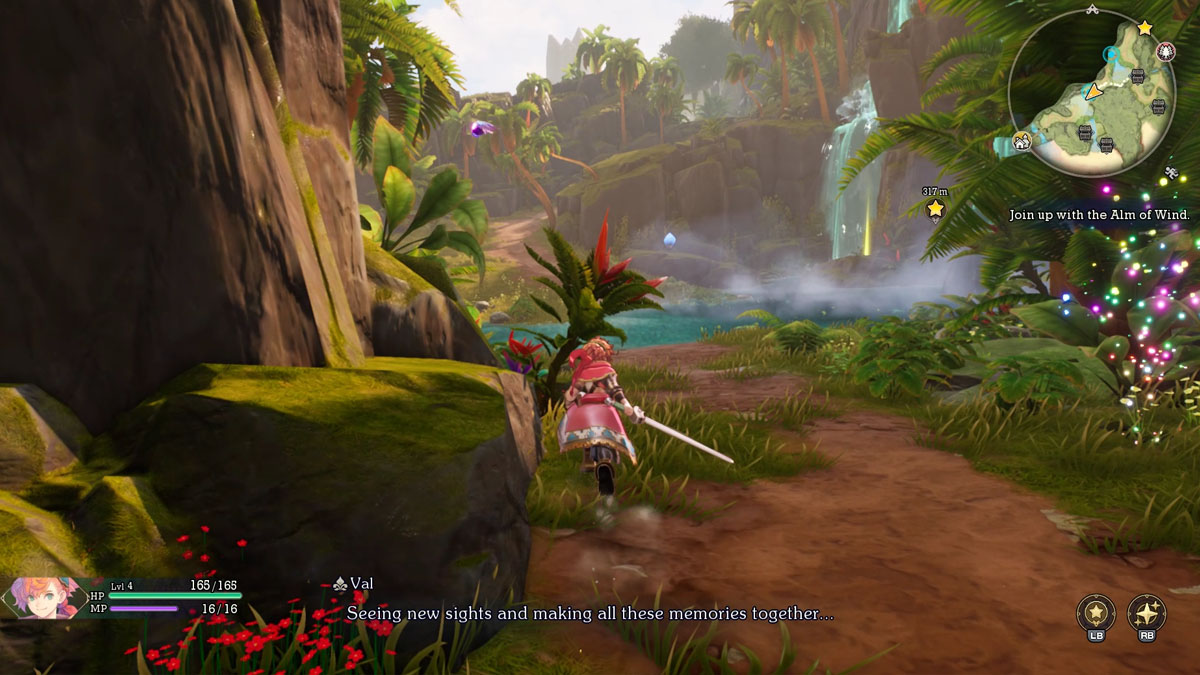
But it’s not like there are no stakes in Visions of Mana. Failing to bring the alms to the tree will condemn the world to absolute disaster, and you see more than enough proof throughout your journey that this is more than just a mere old wives’ tale. But this is by no means a reason not to enjoy the scenery while you’re on the road.
With its stunning visuals and very RPG-esque designs, it’s hard not to be reminded of some titles released during the mid-2000s and early 2010s. Tales of Symphonia and Dragon Quest VIII are good examples that come to mind, as they all share more than just similar art styles. It almost makes the game feel nostalgic, in a way, making it instantly appealing for fans of these older titles. And even if you weren’t a big fan of those, the game has a surprisingly amazing flow to it.
Random encounters are a good example. Fights are dynamic and will end as quickly as they started, to the point where you almost can’t feel the battle transition happening. In just a second, you’re back to exploring the pseudo-open world to find its many treasures, collectibles, and secrets. I didn’t care about grinding at any point and still ended up frequently above the zone’s average level. To me, it just felt natural to beat up those conveniently positioned monsters.
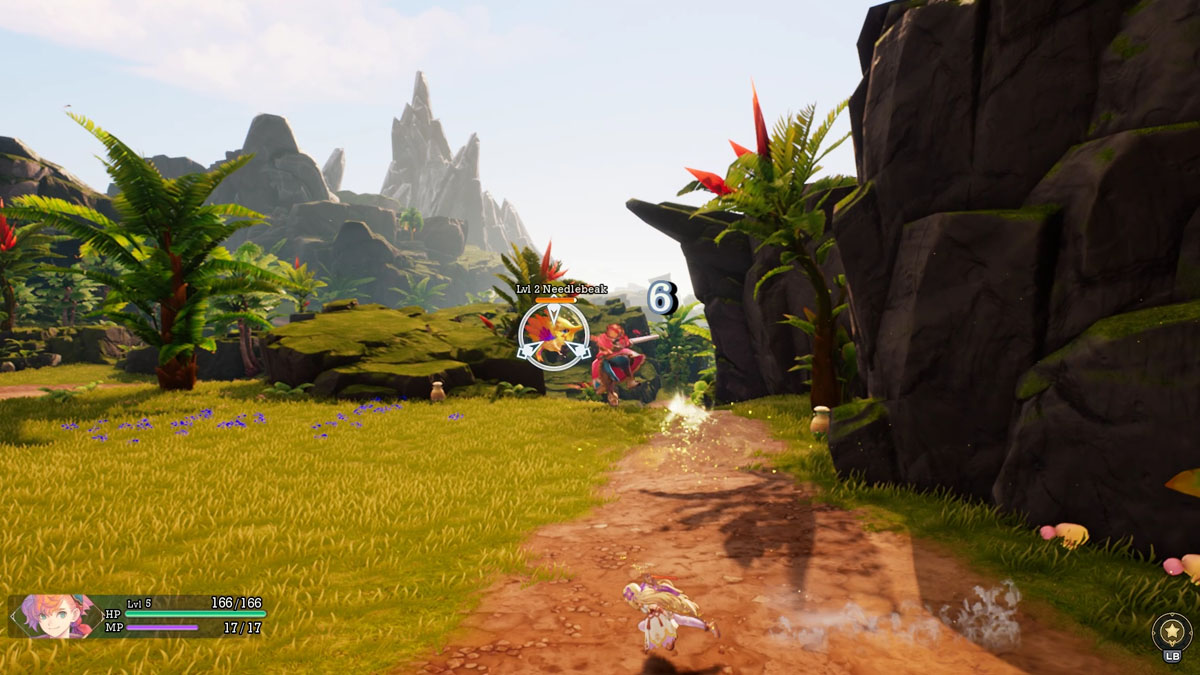
Related: Dead Rising Deluxe Remaster Brings A Classic To A New Era (Hands-On Preview)
The storyline, albeit simple, can also be pleasing for the same reasons. Writing isn’t the best aspect of Visions of Mana, and certain lines feel somewhat out of place. But they work perfectly for this title, giving you a relaxing, laid-back tale about duty, self-discovery, and adventure in this fantastical world. Not every JRPG needs to have you fighting God (no matter how good this trope is).
Having tons of simple requests, such as killing monsters as side quests, fits here, but even those are somewhat modernized in certain ways. None of the systems are particularly hard to grasp either, making it an easy adventure to digest, as it doesn’t aim to be too ambitious and risk stepping on its own toes.
A Never Ending (And Extensive) Exploration
For a world this big, there will obviously be a lot of side objectives for those longing for more adventure. Each map is filled with treasures and secrets that often require you to come back later to uncover, not to mention the various ongoing side quests you find along the way. There are dozens of extra hours you can get by merely revisiting older locations, again and again, to discover what they’re truly hiding.
It feels even more satisfying, thanks to the map’s sheer size. While things feel huge at first, traveling in Visions of Mana is simpler than it seems and still maintains that feeling of traversing through obstacles and mountains to reach your long-desired goal. This is partly thanks to the free teleport system, which is available at all times. You can instantly travel to any city or save points on any map whenever you want, making those revisits much smoother than expected.
In-depth customization is also present and very much appreciated. A character’s move set can be fully customized using Ability Seeds found inside chests or obtained as quest rewards. They range from passive enhancements to completely new abilities that may or may not fit your characters. But going the extra length to obtain these is (usually) satisfying.
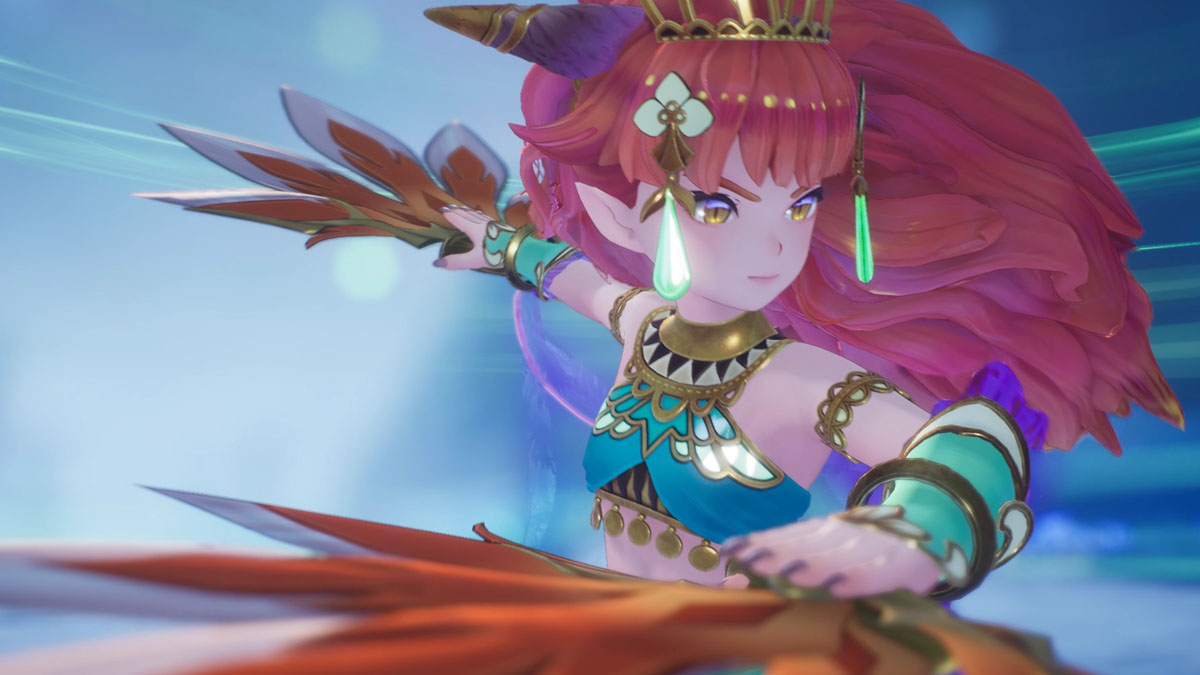
And if these are not enough, you also have a competent class system on top of that. All playable characters have multiple classes that focus on diverse aspects, making combat much more interesting to optimize and more fun. With special challenges scattered around the map and powerful enemies in the wild, it’s hard to find yourself bored.
But it doesn’t come without its downsides. Anything becomes a bit of a chore after a while, especially when most objectives are “defeat X monsters” or “obtain Y items.” These don’t bother me so much, but I would still want to see more engaging side quests.
However, this wouldn’t be enough to make me give up an amazing combat system and the comfortable pace it manages to set in stone. I always find myself eager for the next playing session, as both the exploration and the combat aspects are hard to put down.
If you enjoy combat freedom, a good story/progression flow, and tons of exploration, you should definitely be excited for Visions of Mana. It shows more promise than it might seem at first, and I would be more than happy if it makes the series once again worthy of new titles in the future.
Visions of Mana will be available on August 29 for PC, Xbox, and PlayStation.


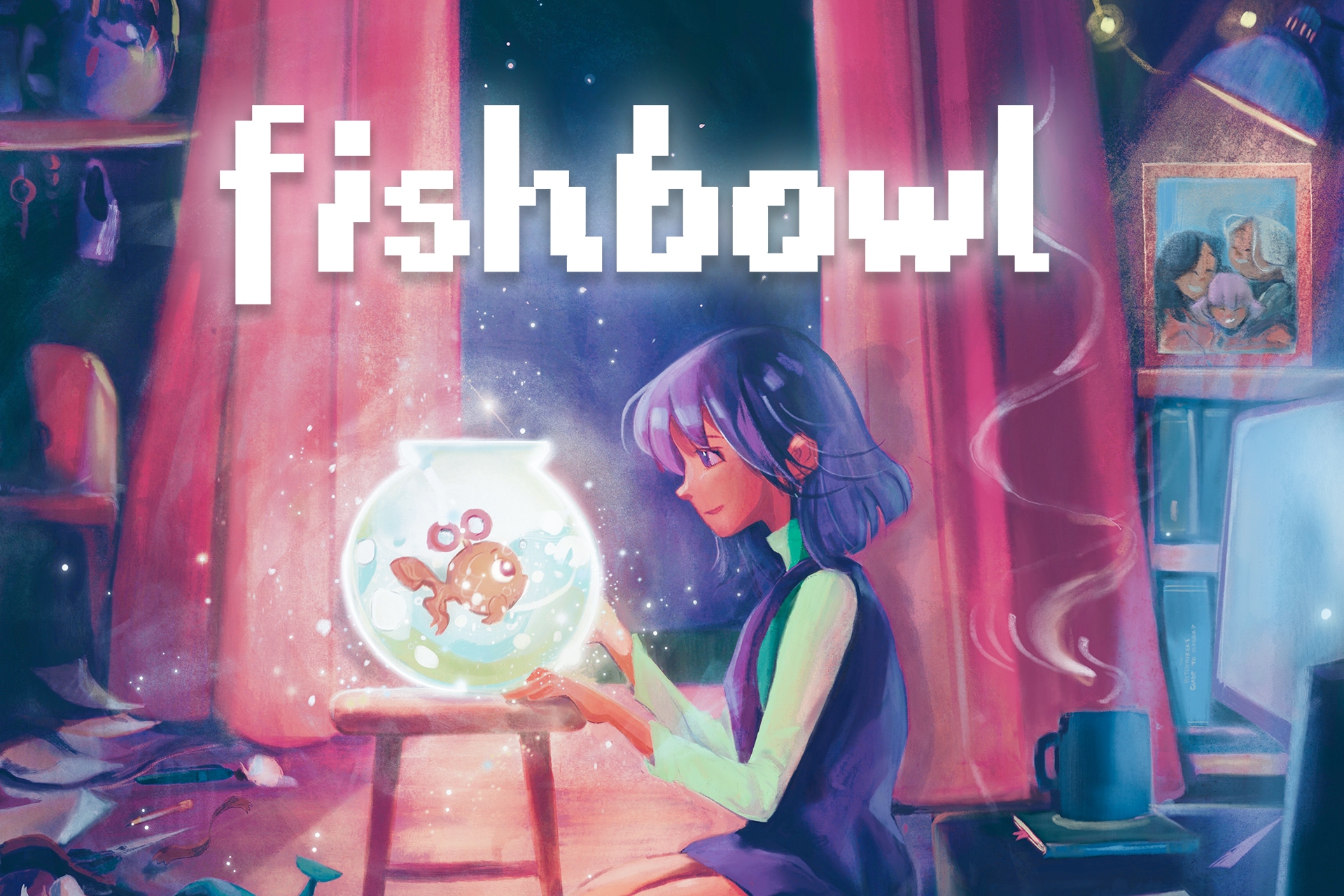

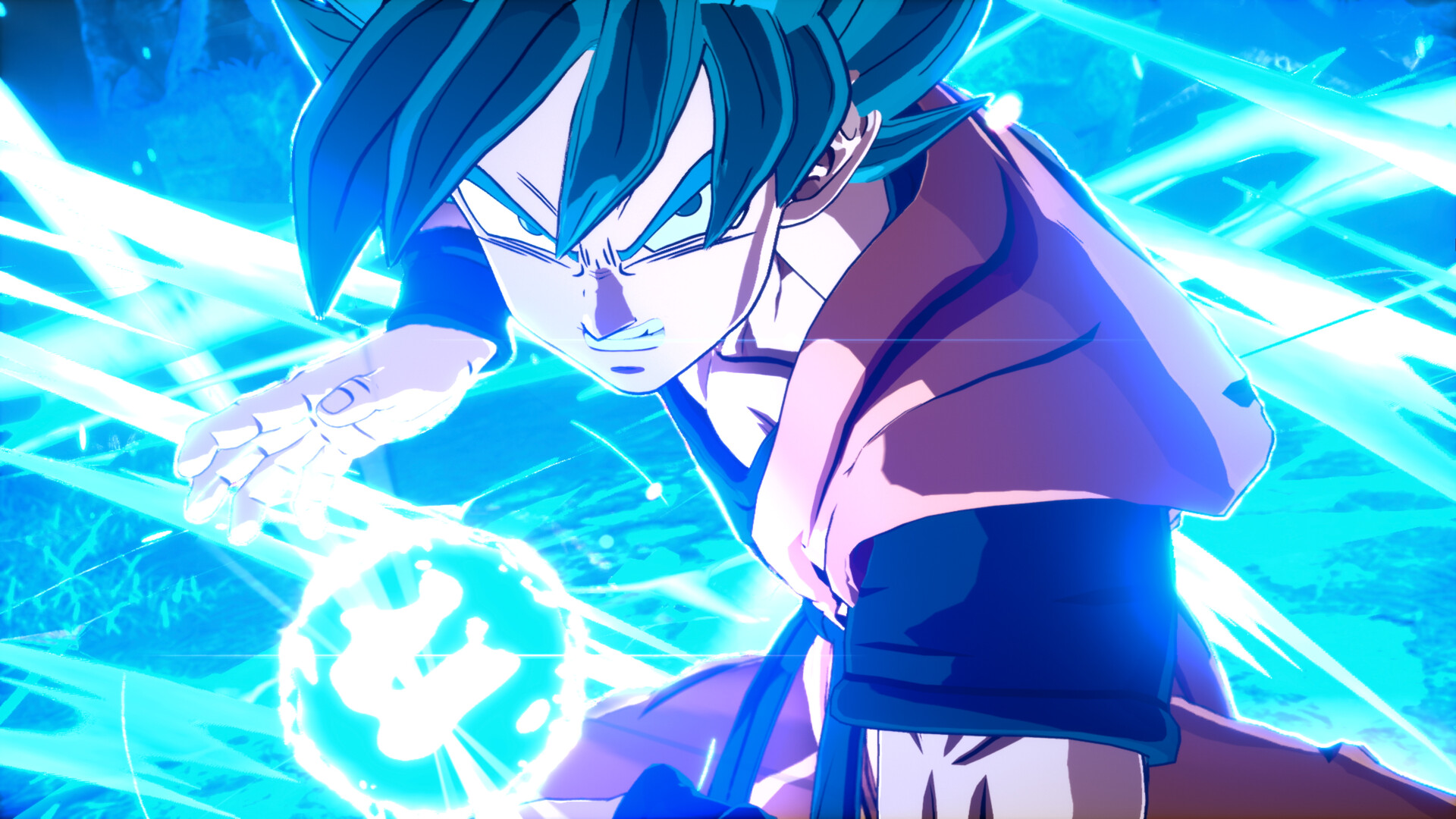
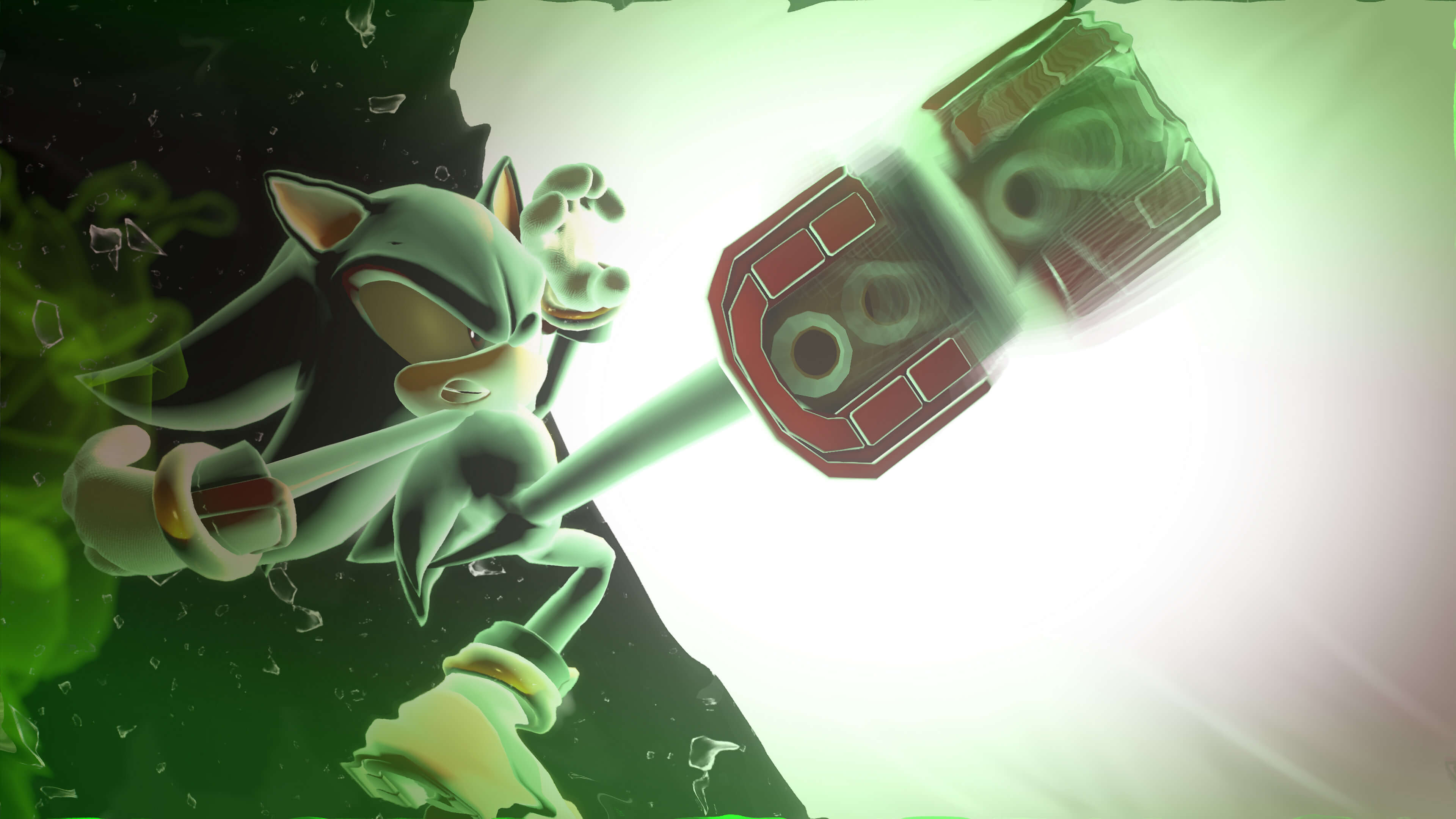
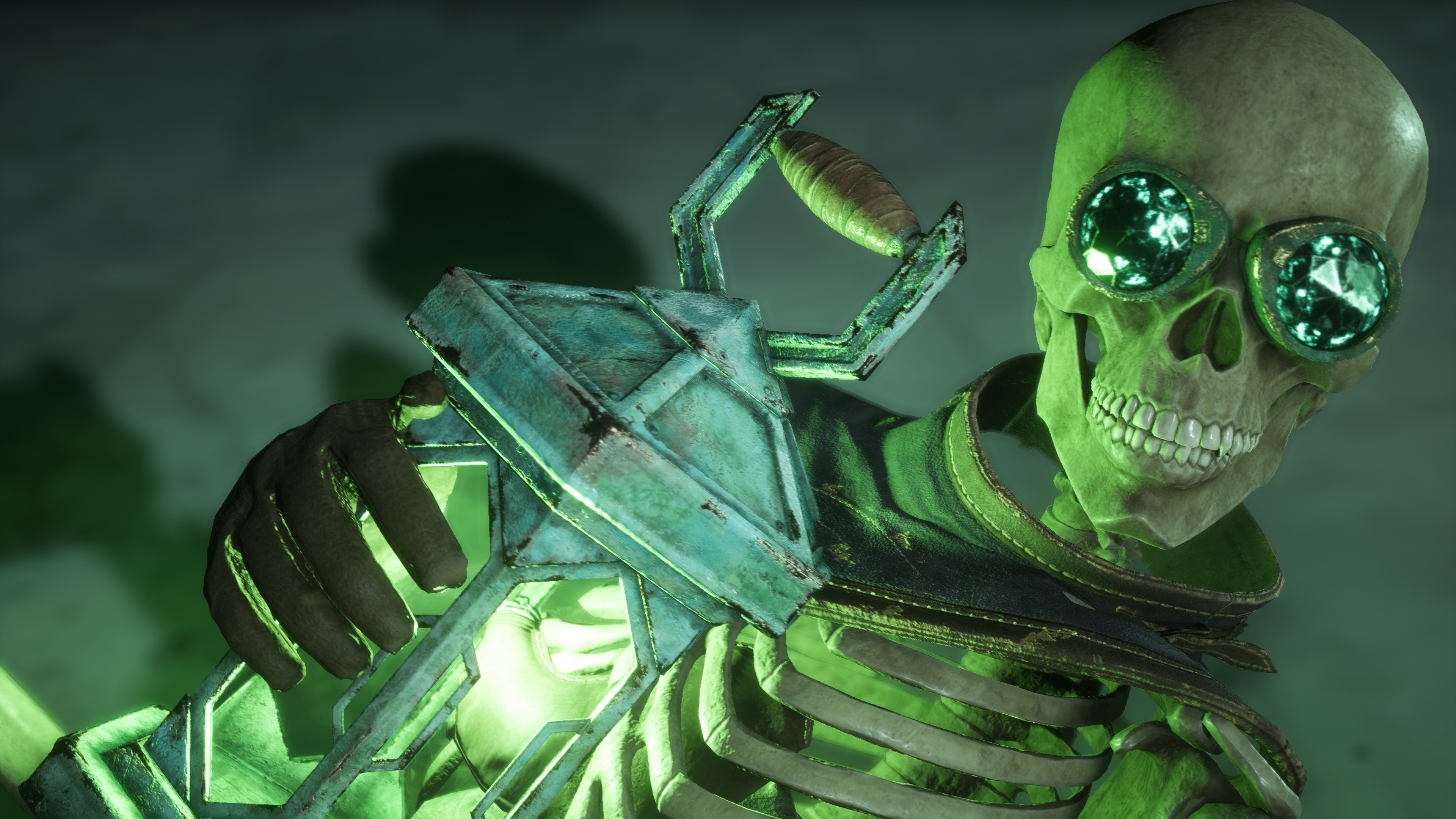

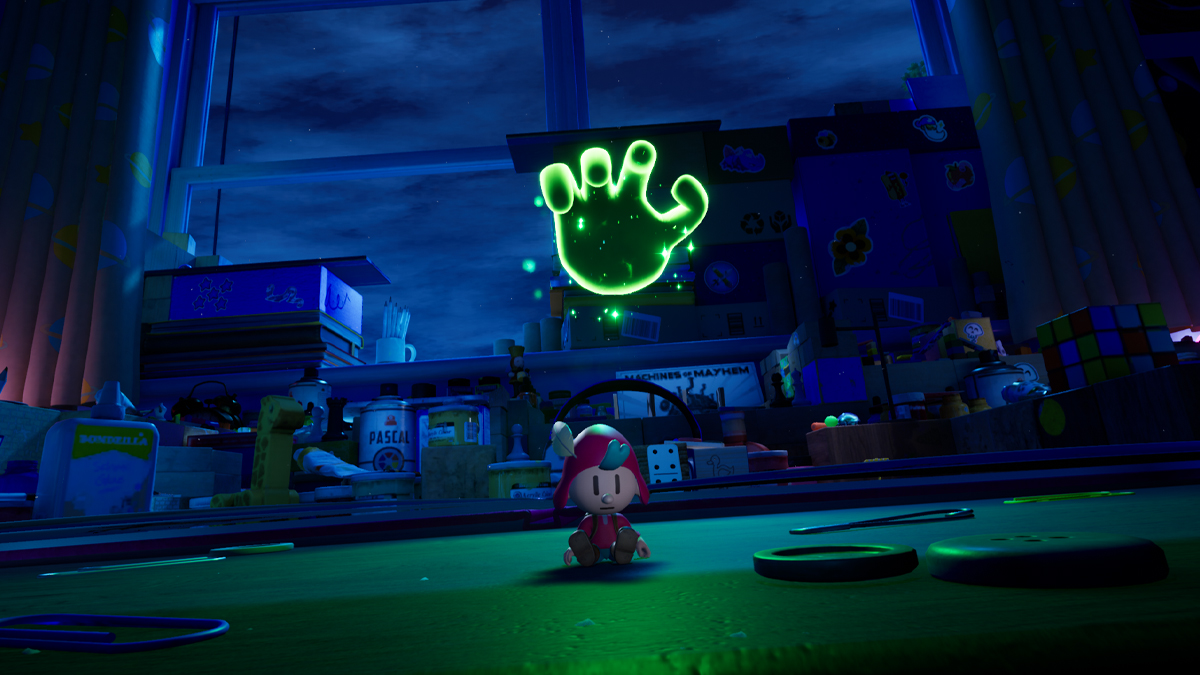

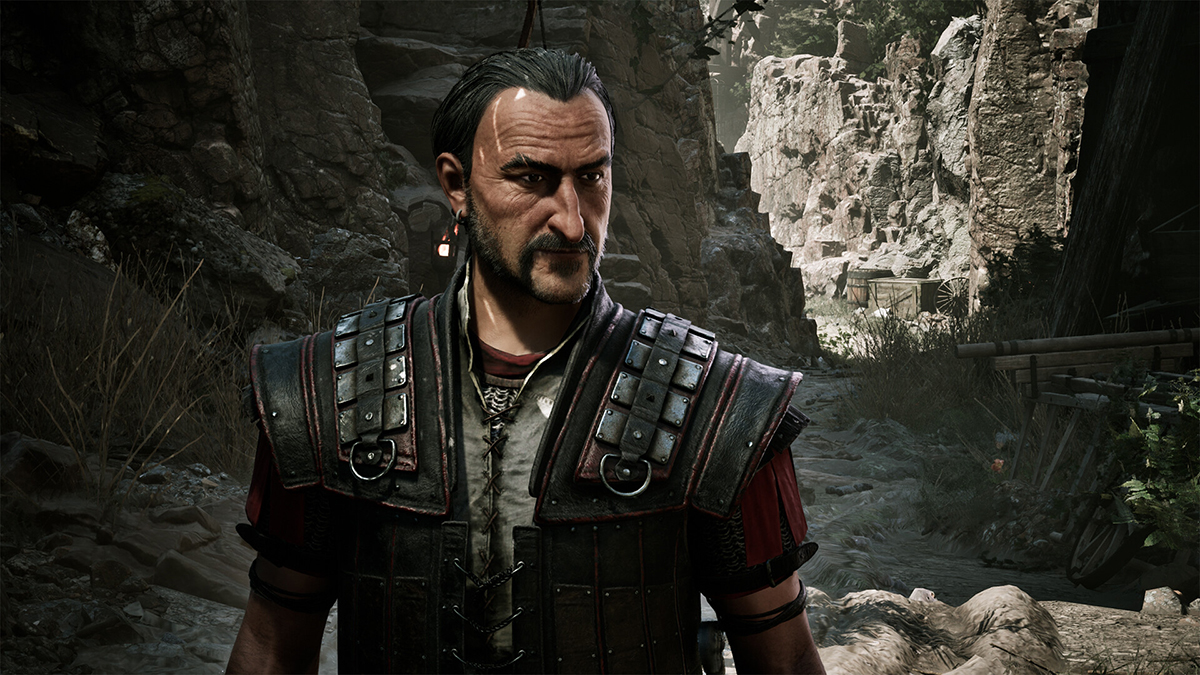
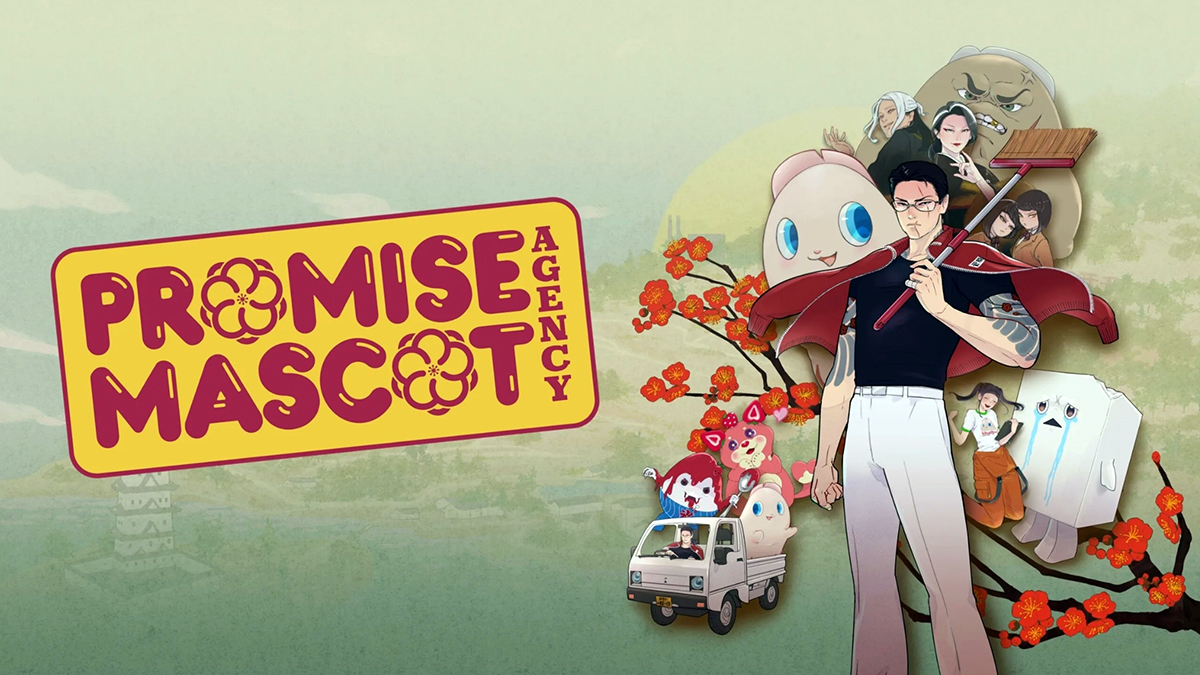


Published: Aug 14, 2024 6:56 PM UTC